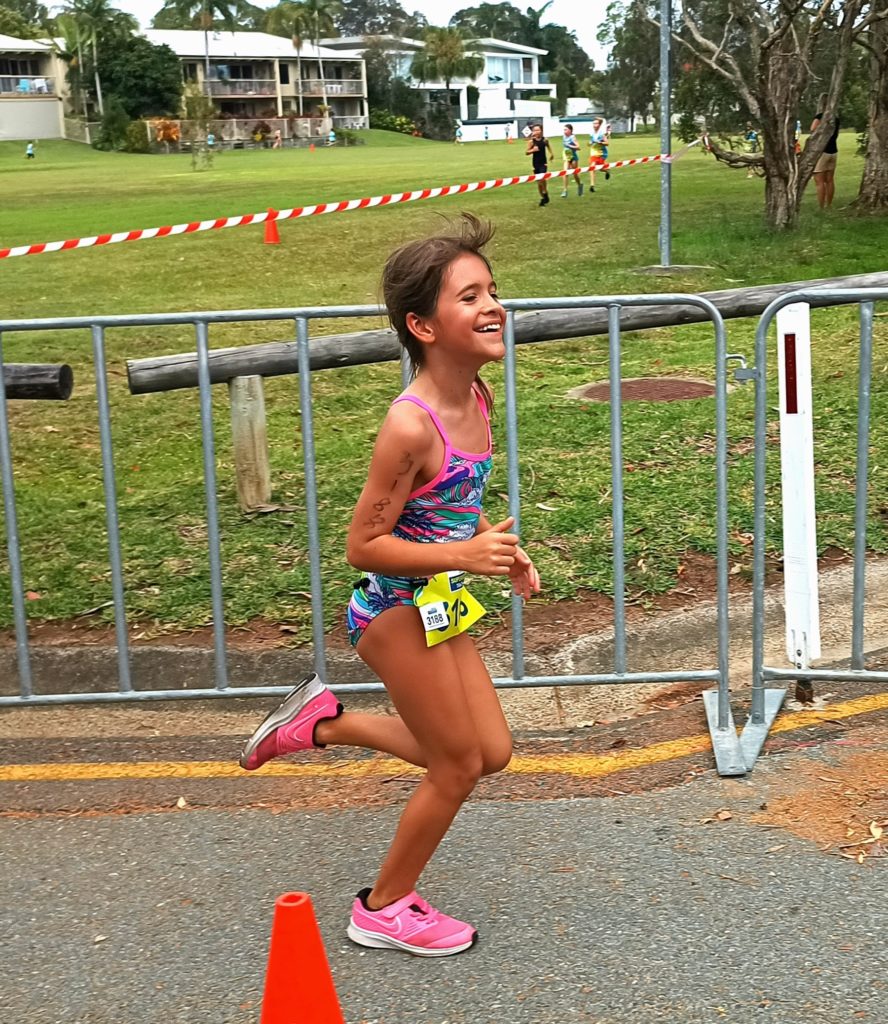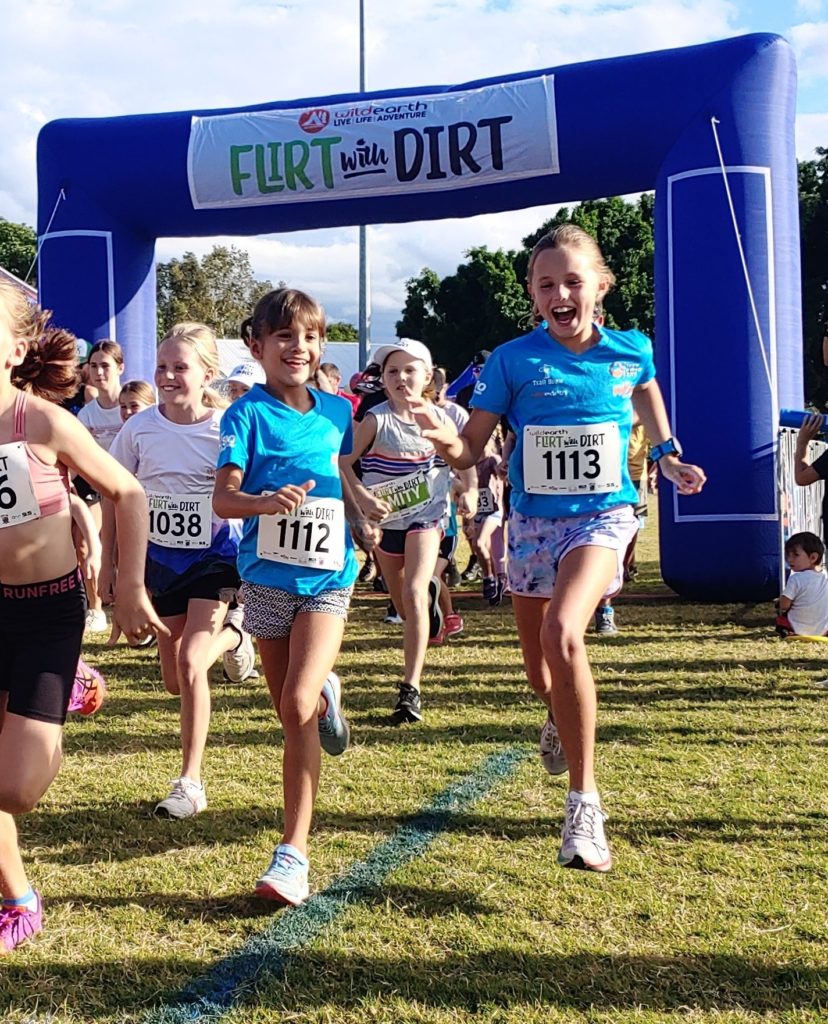Bone Heath in the Adolescent Athlete – are you harming your future self?
Written by APA titled Sports & Exercise & Musculoskeletal Physio Rick Bain
As an APA Titled Sports and Exercise Physiotherapist, I work with a lot of endurance athletes, both recreational and professional. As a result, I am regularly (way more than I would like to) diagnosing and managing Bone Stress Injuries (BSI’s). I see these injuries in a broad age spectrum, from adolescents to the middle aged. Commonly, once a Bone Stress Injury has been diagnosed, it is also found that the athlete has less than normal Bone Mineral Density (BMD). BMD is often the main marker for bone health, and usually peaks in early adulthood when many athletes are reaching their peak of their athletic potential. Ensuring adolescents reach their sporting goals whilst optimizing bone health can be a tricky balancing act.
The adolescent years are key for the development of bone health, with approximately 90% of peak bone mass being achieved by approximately 18 years of age. Peak bone mass is a major predictor of long-term BSI/fracture risk (osteoporotic fractures). Once athletes pass the adolescent phase, BMD decreases over time, so it is crucial that optimal BMD is reached before the end of adolescents for long-term bone health, and to minimize the incidence of BSI’s into the future.
What Influences Bone Mineral Density?
BMD is influenced by numerous modifiable and non-modifiable risk factors. Engaging in weight bearing sports has been shown to be a protective factor in bone health in the general population, with athletes demonstrating up to 10% higher BMD than their non-athletic counterparts. Adolescents who perform ball sports generally have a higher than average BMD, and adults with a history in ball sports appear to be protected from bone stress fractures in future sporting pursuits. This is thought to be due to ball sports incorporating multi-directional, intermittent, weight bearing bone stimulus that is crucial for developing strong healthy bones.
In contrast, adolescents  specialize into running or aesthetic sports (gymnastics, figure skating, diving), are at significantly higher risk of sub-optimal bone health, in part, due to high training loads and under eating/fueling for aesthetics, leading to development of Relative Energy Deficiency in Sport (RED-S). Some of the risk factors for low BMD include; genetics, diet, Relative Energy Deficiency in Sport (RED-S), smoking, inadequate skeletal loading (muscle strengthening), early sports specialization, and certain medications.
specialize into running or aesthetic sports (gymnastics, figure skating, diving), are at significantly higher risk of sub-optimal bone health, in part, due to high training loads and under eating/fueling for aesthetics, leading to development of Relative Energy Deficiency in Sport (RED-S). Some of the risk factors for low BMD include; genetics, diet, Relative Energy Deficiency in Sport (RED-S), smoking, inadequate skeletal loading (muscle strengthening), early sports specialization, and certain medications.
Relative Energy Deficiency in Sport (RED-S) presents a significant risk factor for low BMD in an adolescent, and hence an increased risk of Bone Stress Injury and osteoporotic fractures. RED-S is where the body is not taking in enough energy (caloric intake) to meet the demands placed on it by the amount of exercise/training being performed. Also known as “Low energy Availability”, this leads to not only insufficient energy for optimizing sports performance, but also insufficient energy to maintain optimal bone health development, among other wide ranging body functions.
Put simply: Energy Expenditure > Energy Intake = decreased energy availability
How do we investigate bone health in the adolescent athlete?
If investigation into bone health is indicated, an assessment by a Sports Physician is essential. This will include taking a comprehensive history to screen for pertinent risk factors. There are several blood tests indicated to assess for medical contributors to bone health, such as Calcium, Vitamin D, and bone turnover markers, among others. Imaging via Dual Energy X-ray Absorptiometry (DEXA) measures Bone Mineral Density (BMD) and is matched with a healthy person of the same age and sex.
| Level | Definition |
| Normal | BMD within 1 SD (+1 or −1) of the young adult mean. |
| Osteopenia | BMD between 1 and 2.5 SD below the young adult mean (−1 to −2.5 SD). |
| Osteoporosis | BMD 2.5 SD or below the young adult mean (−2.5 SD or lower). |
Conclusion:
- Peak BMD is achieved in in adolescents and these years are key in to achieve long term adequate skeletal heath. Adult athletes are at an increased risk of Bone Stress Injuries if the adolescent years pass without developing sufficient bone mineral density. BMD is difficult to improve in adulthood.
- Low BMD in adolescents often develops due to complex, multi-factorial relationships between medical risk factors, high training loads, and under-fueling.
- Low BMD is an important diagnosis not to miss in the young athlete. In those with risk factors, a DEXA scan should be considered to investigate and potentially treat any immediate and long term fracture risk into adulthood.
Our Physio team is available for consult, for quick and easy booking go online www.mygcphysio.com or call us during business hours on 07 5500 6470


































